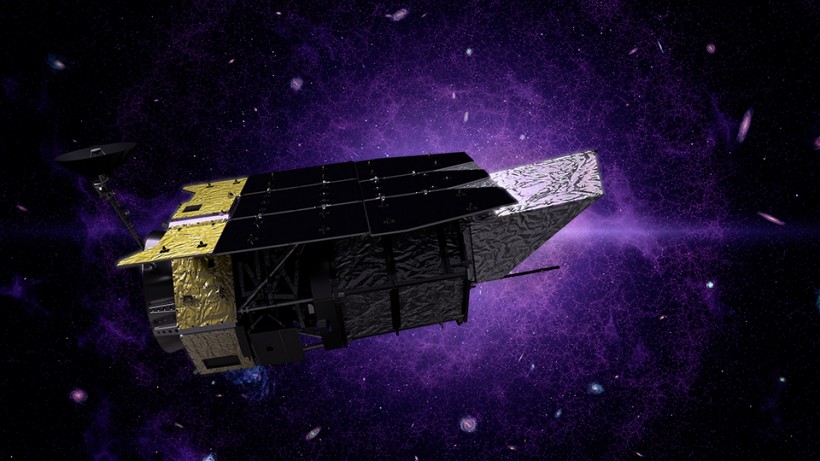There is a new telescope coming from NASA to bring yet another look into broad space, and it is the soon-to-launch Nancy Grace Roman Space Telescope. It is one of the highly anticipated space vessels to bring more information about the heavenly cosmos, and it was said to be 1,000 times faster compared to the Hubble in capturing the broad sky.
The Roman Space Telescope will soon join the likes of Hubble and James Webb to survey the cosmos in their quest to learn more about what surrounds us in this vast universe.
Roman Space Telescope is 1,000x Faster than Hubble, But Why?

(Photo : GSFC/SVS)
NASA has a new ally in space coming soon for the world to see its marvelous snaps of the universe, with the Nancy Grace Roman Space Telescope being its next vessel to traverse the cosmos. The latest study of the Roman Telescope's capabilities that will soon demonstrate, it is 1,000 times faster compared to the Hubble.
NASA's Goddard Space Flight Center's Aaron Yung published new research that predicts what the Roman will deliver soon. It analyzes the new telescope for what it would bring in the future.
In a NASA statement, the team claim that Roman would "rewind" the universe, with its broad imaging capabilities that would capture its entirety and learn more of its past.
Unlike Hubble and JWST focusing on the smallest of details to capture, the Roman would center on getting information from its wide snaps and using its gathered data for further research.
"To solve cosmic mysteries on the biggest scales, we need a space telescope that can provide a far larger view. That's exactly what Roman is designed to do," Yung added.
Read Also: NASA's Hubble Space Telescope Captures a Strange Galactic Ghost in Ancient Stars
When is the Nancy Grace Roman Space Telescope Coming?
NASA said that it would launch the Nancy Grace Roman Space Telescope in four years, centering its launch date by May 2027 to assist the agency and the other telescopes of its mission.
The goal is to learn more about the universe, in both the largest of details, down to its smallest, with the Roman in charge of the wide picture.
NASA's Space Telescope for Surveys
To date, two iconic space telescopes are hanging out in their respective regions to survey the universe and look into the different phenomena or new things to discover. Space is abundant, but it is also unforgiving for the human eyes as the images NASA takes require significant power to see, considering that they are light-years away, or are impossible to perceive with the naked eye.
James Webb is the latest telescope there is, and it is the most powerful of the bunch. It was able to capture a record-breaking sight for astronomers and the entire space study, featuring a "treasure trove" of distant galaxies.
While the older, and less powerful spacecraft, Hubble, supplied the world with countless discoveries during its deployment in 1990, serving the planet for almost 33 years and counting.
No, the Romans will not replace both Hubble and James Webb on their missions to learn more about what there is out there but will complement each other to give humans more information from the skies. While Hubble and James Webb focus on the finest details, the Roman will give us a broader look at space's entirety, soon to deploy by 2027.
Related Article: [LOOK] NASA Webb Telescope Discover 'Fingerprint' Rings on WR 140 Stars-How Did it Form?









